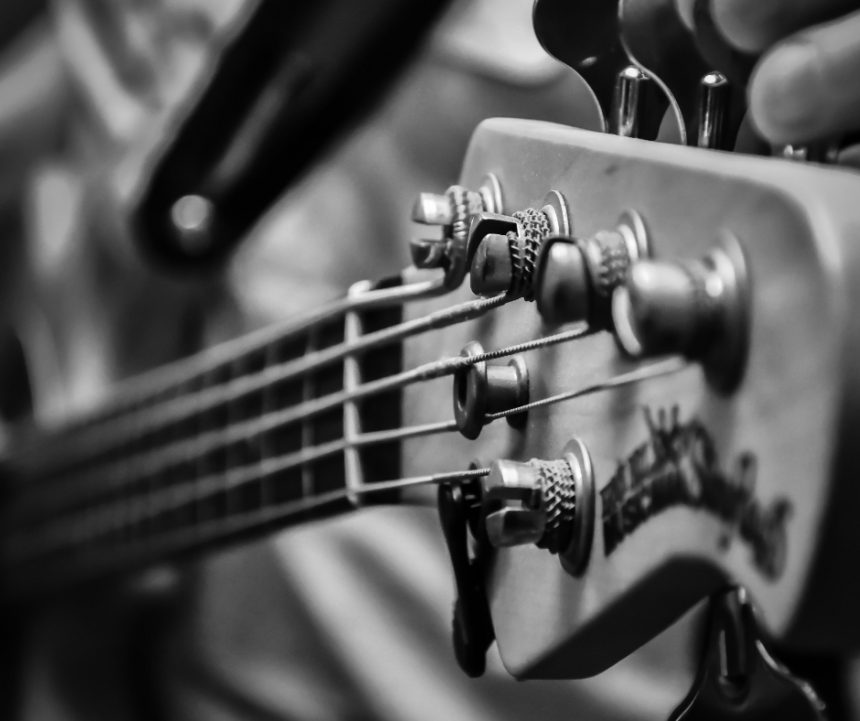SOMETIMES, YOU GOTTA BREAK THE RULES
I was diving 110 feet down in cold, dark water off the New Jersey coast when this 3-pound lobster and I had a dis agreement. I wanted to take him home to see my nice kitchen, and he wanted to stay under his big rock and keep my finger. Just when I was about to turn him to my point of view, my dive computer started beeping, indicating that it was time for me to go. Could I spare another minute or two? Was this a rule that I could afford to break? Unfortunately, no; this was a rule to which I had to adhere. Reluctantly, I backed off from the huge bug. “We will meet again, sir,” I thought to myself, and started my ascent up the anchor line.
Rules, Rules
I hate rules, but I also have respect for them. We learned so many of them in audio engineering school. Many were common sense, like “Never drop a tube microphone.” Some were hard and fast, but many were in that gray area, where the rules could be bent, if you knew where to grab and twist.
One of these rules that stayed with me for years was to avoid extreme equalization. So early on, I learned to have a very light touch with my EQ. Consequently, my mixes some times sounded flat, dull, and boring. I read a lot about EQ, and it was great to learn that I could get a smack from my snare at about 3 kHz, or clarity from my bass at around 800 Hz. I learned that proper mic placement is more important than EQ. And it is, when you’re actually miking something. But what about when you’ re using synths and samplers, and going directly into the boards How do you get that big, booty-shaking bottoms
Of course, the original source should contain the low-end frequencies you want to accentuate. Unfortunately, many times the sounds or samples that come from sound modules just don’t have the oomph that you need. How do you know whether or not yours does? Compare your mix to a commercially released CD that has the sound you’re looking for. Match the volumes as closely as possible, and listen back and forth concentrating on only the bass frequencies. You might want to patch the CD into a few channels on your mixer and roll off the high frequencies so that you can hear the bass more clearly.
Now that you’ve identified the target, you need to do anything that will help you hit it, even if this means resorting to “extreme EQ.” Subtle EQ just isn’t gonna do it for the likes of Wu-Tang or DMX. There’s nothing natural about that bass.
Stir Your Soul
One “rule” that I have when I’m mixing R8tB or rap is that the kick drum has to stir my soul, or it isn’t right. I have to feel it in my chest. I can make it as loud as I want before the fuse blows, but I have to feel it, or play around until I do. Playing around sometimes means splitting the kick into two or three channels and accentuating the lows, mids, and highs. The same applies to the bass. In a typical home studio, you have options, like patching the output of your kick channel into another channel and equalizing the equalizer. One way to do this is to bus the post-fader signal, and patch the output of the bus into the line in on another channel. Another way is to use an aux send, and patch the send out into another channel line in. This way, you get the benefit of being able to use two channels of EQ for a single source.
You want to enhance the bottom without muddying up the rest of the music. The “mud” comes from either too wide a bandwidth on the lows, or too much low mids. If your music begins to sound muddy, try cutting the low mids, anywhere between 150-400Hz. One other thing to remember: Most near-field monitors don’t go all the way down to 60 Hz, so by boosting the low frequencies with a narrow bandwidth you may not hear much of a change. When dealing with low end, make sure that you check it on speakers that support those frequencies. Otherwise, you may be in for a rude awakening when you take it out of your house, and the bass frequencies mask the rest of your music.
School’s Out
It took me a few years to “unlearn” the conservative approach that had been ingrained in me through engineering school. Now I twist knobs freely, and if it sounds right, hey. It’s right.
By the way, I did meet that lobster again. Five minutes after I surfaced, a very excited diver came up with it and said, “Wow, a 3-pounder right by the anchor line. I can’t believe you missed him. Lobster’s rule, dude.”



Leave a Reply